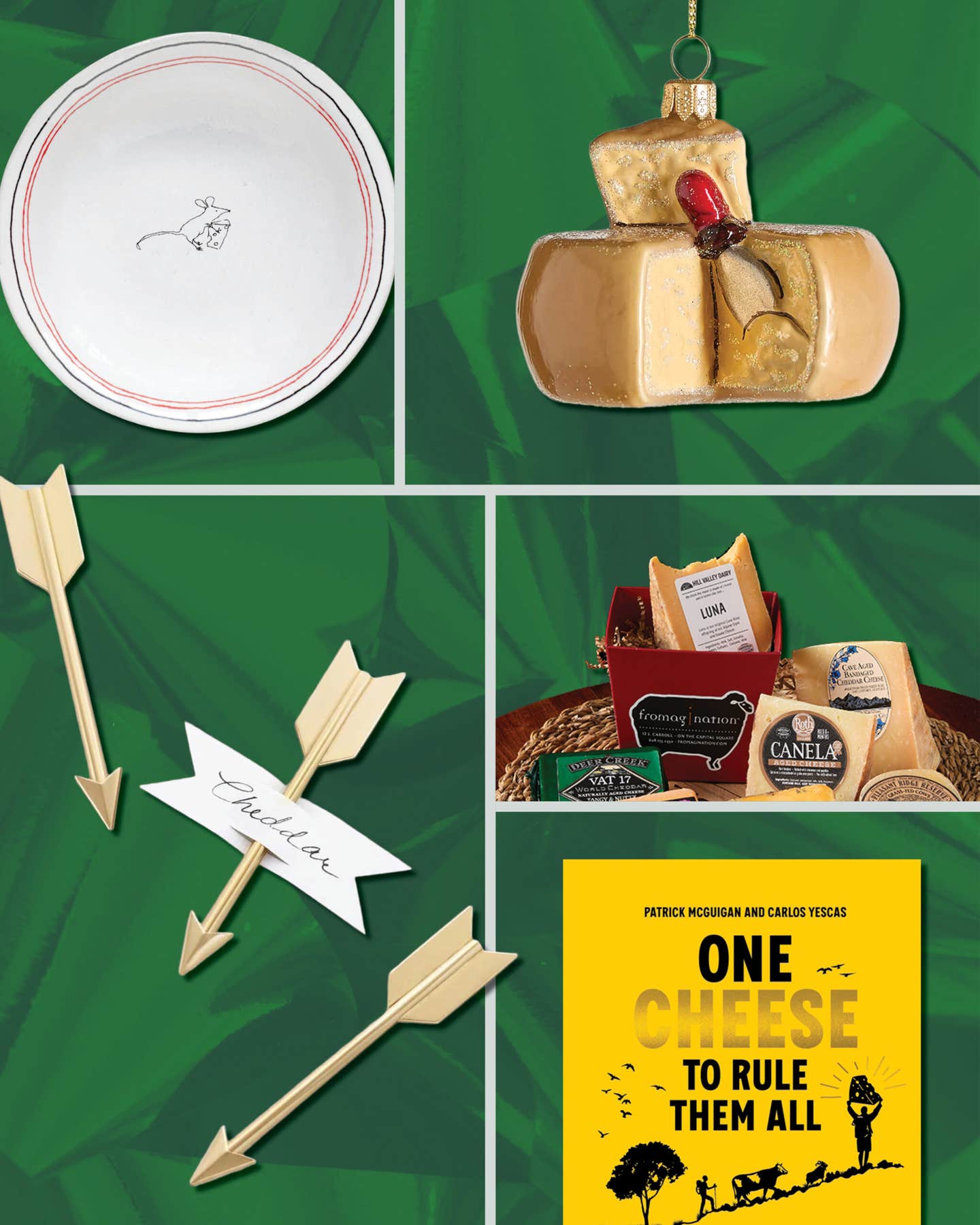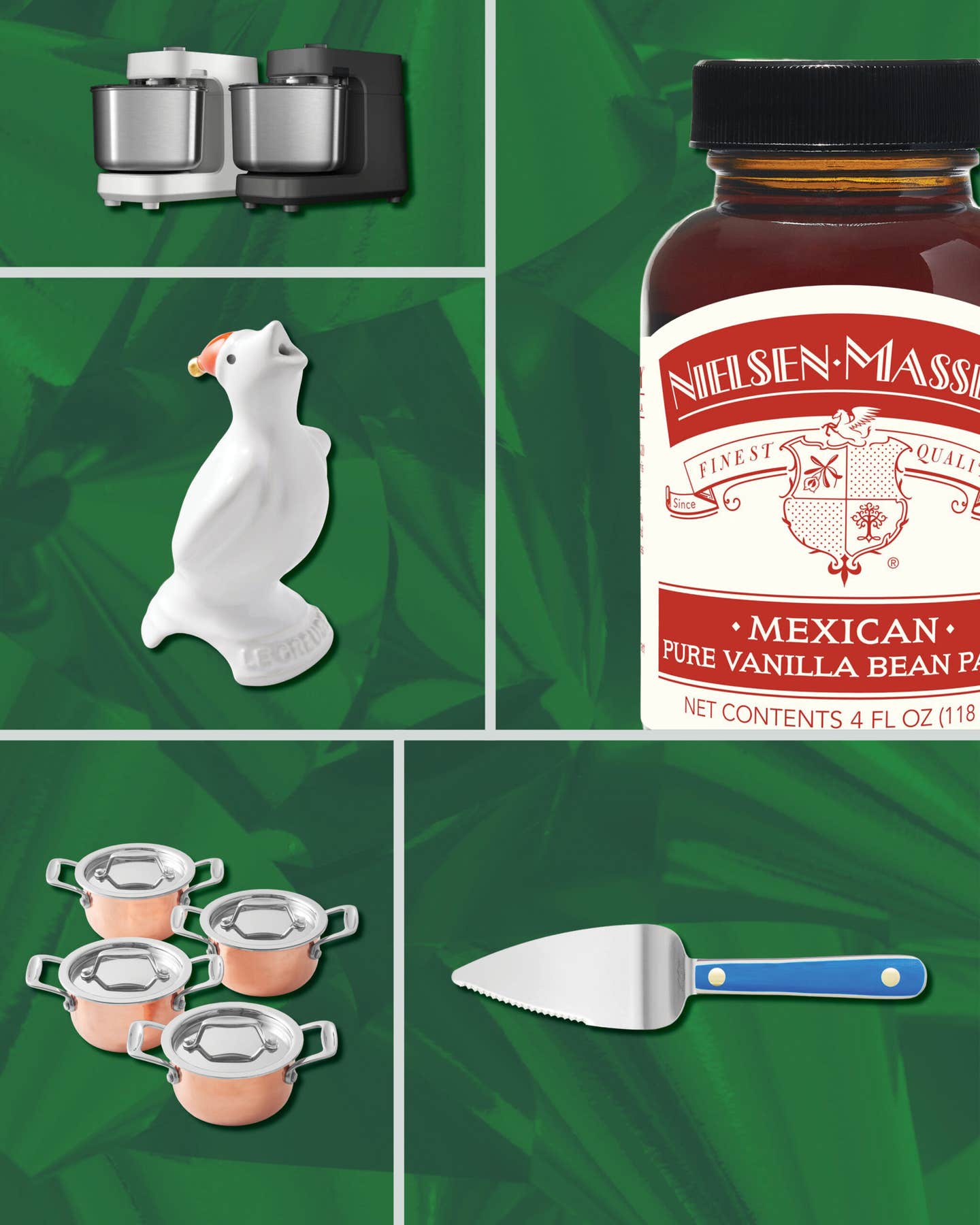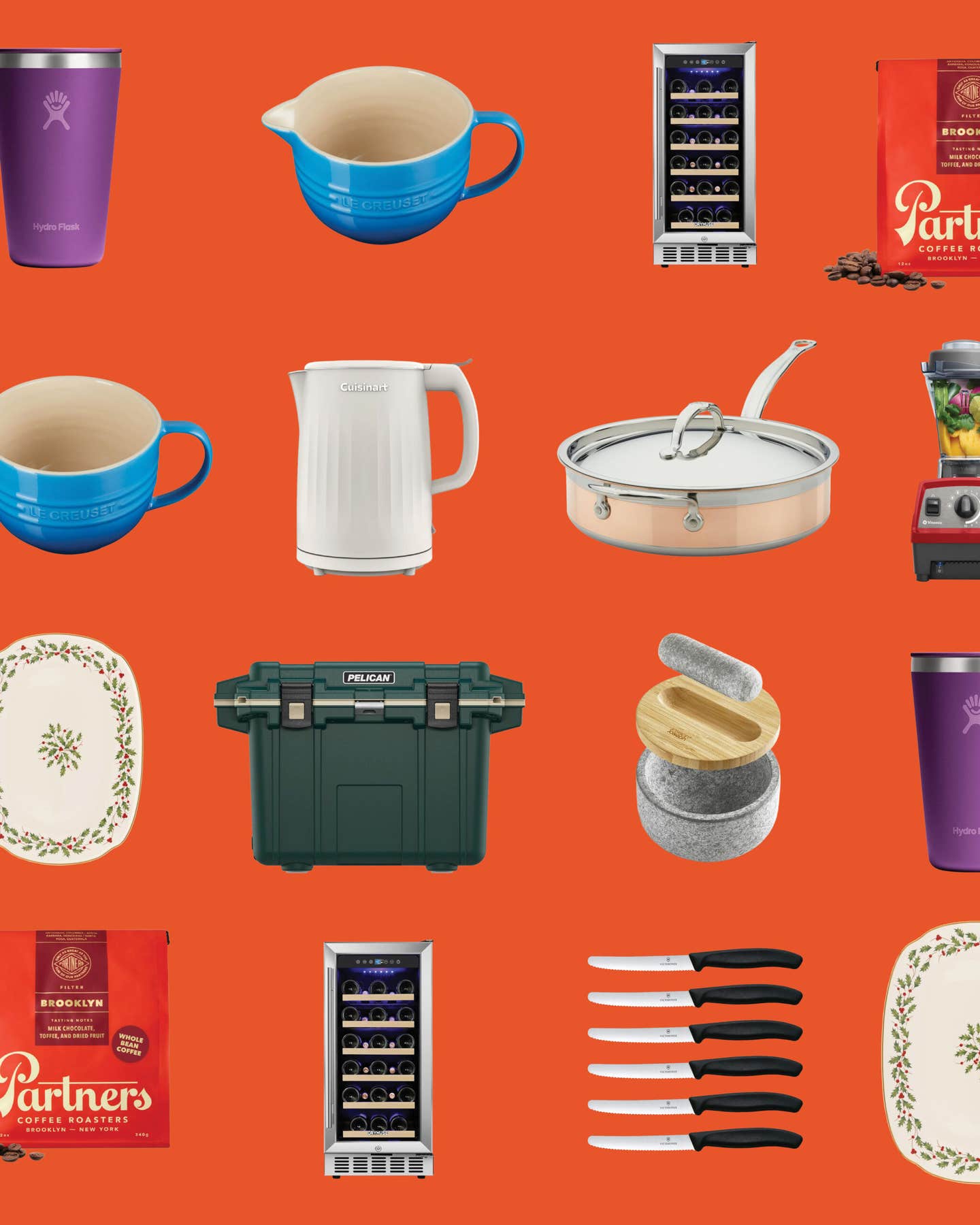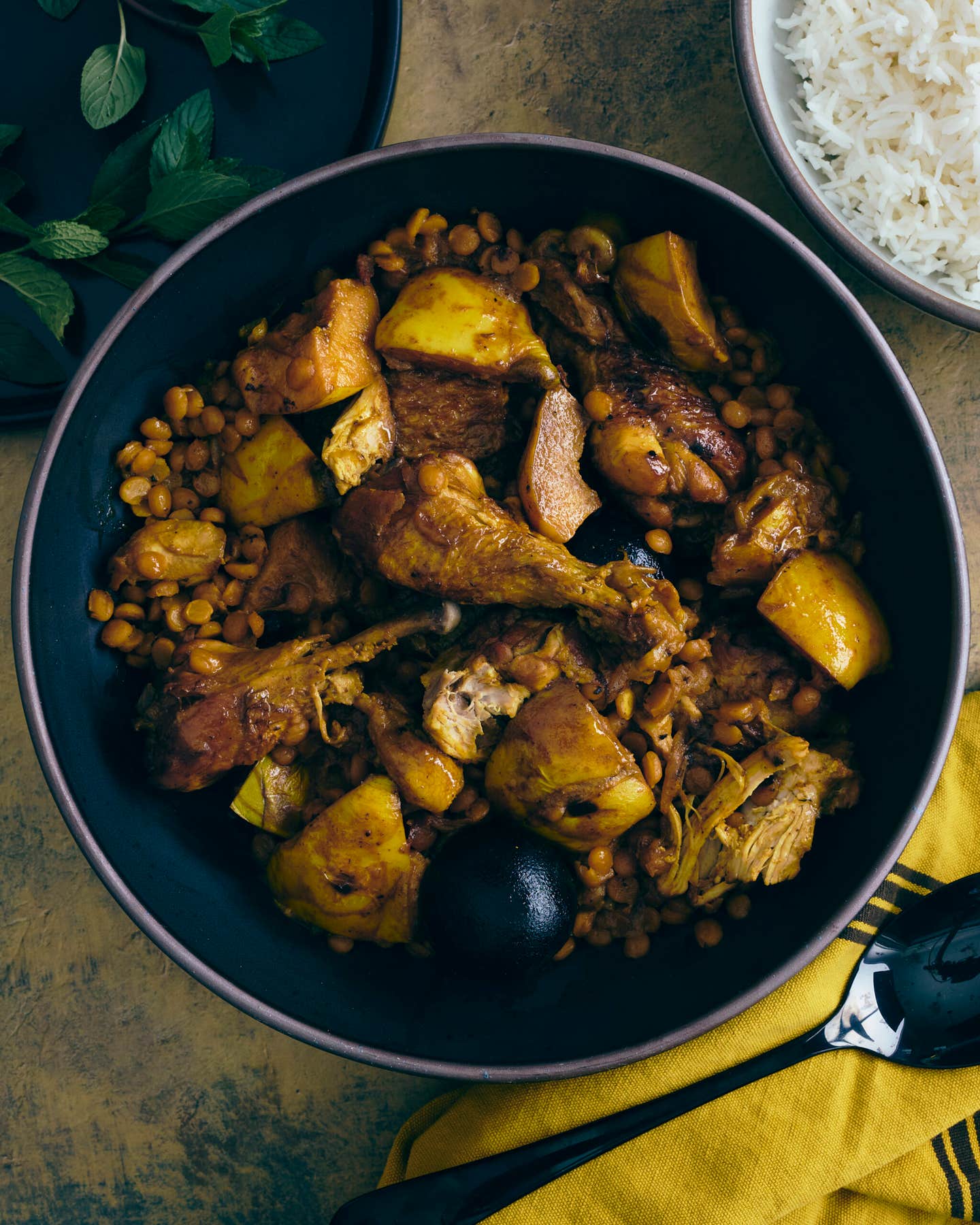The 9 Kitchen Tools You Need to Master Japanese Tempura
To fry tempura like a pro, start with the proper gear
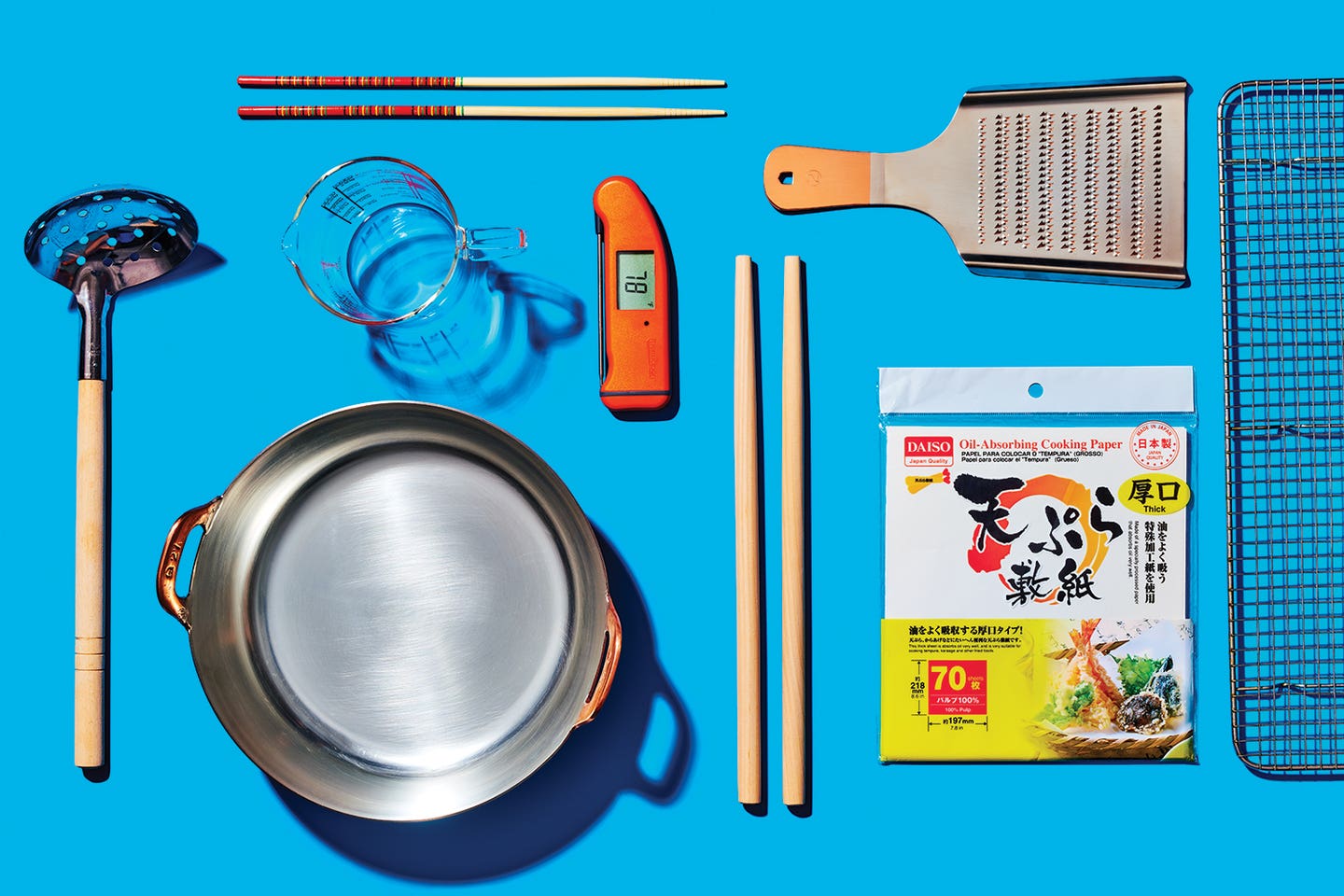
Chances are you already have most of what you need to fry tempura at home—you can use standard kitchen equipment (a spider skimmer, a deep-fry thermometer, and a wide, deep skillet, for example). But having the proper traditional tools—like two kinds of chopsticks, a wire draining rack, and a Japanese grating plate—can help you make superior light, crispy, and less greasy bites, and Japanese-style accompaniments for serving. Here are some to have on hand.
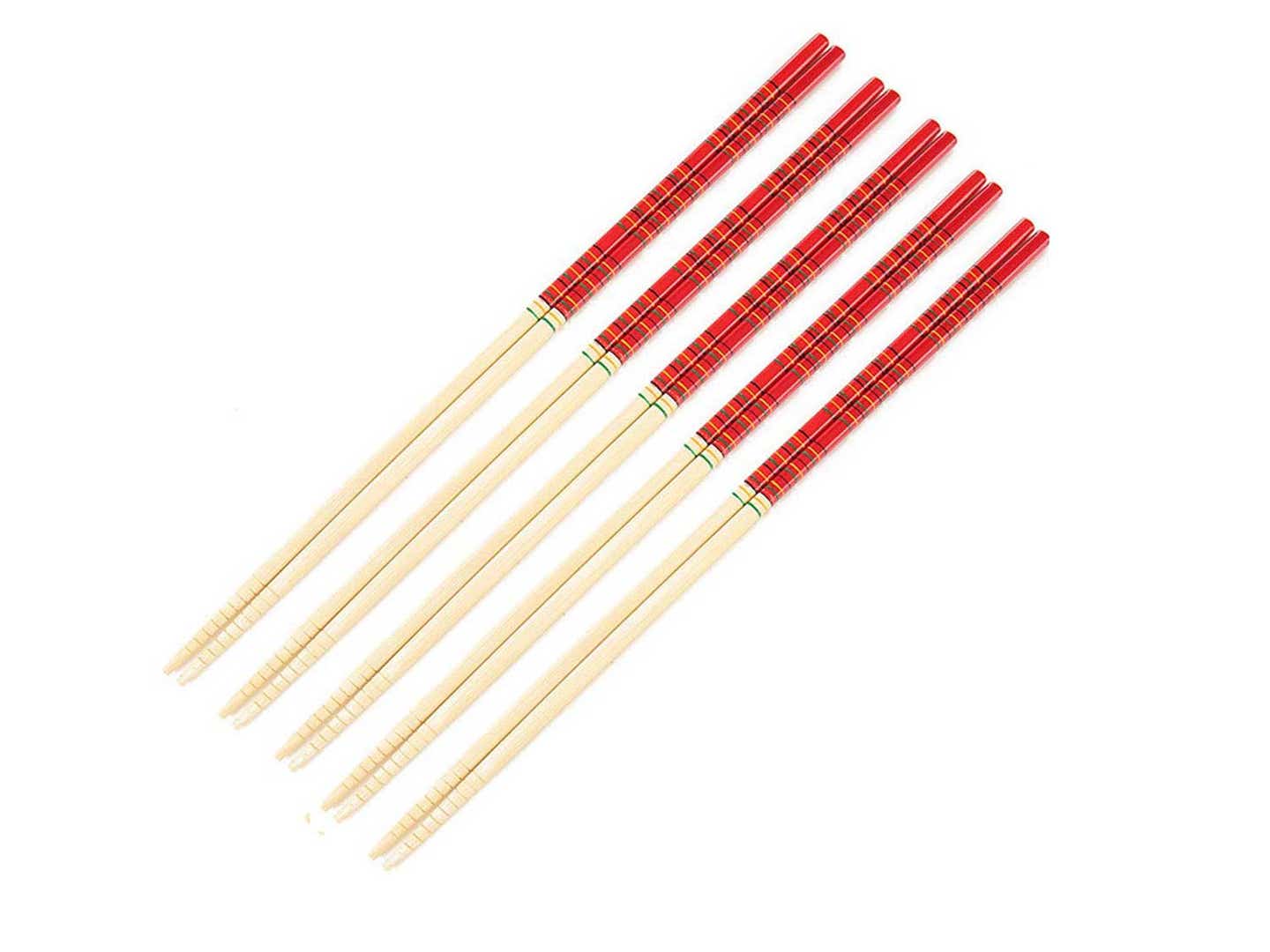
Slender metal serving chopsticks (moribashi) are ideal for fishing out the finished tempura pieces from the hot oil. The fine tips have a delicate touch that won't disturb the crispy batter coating. Alternatively, use long heatproof cooking chopsticks (saibashi, pictured) or a spider skimmer. But avoid using tongs.
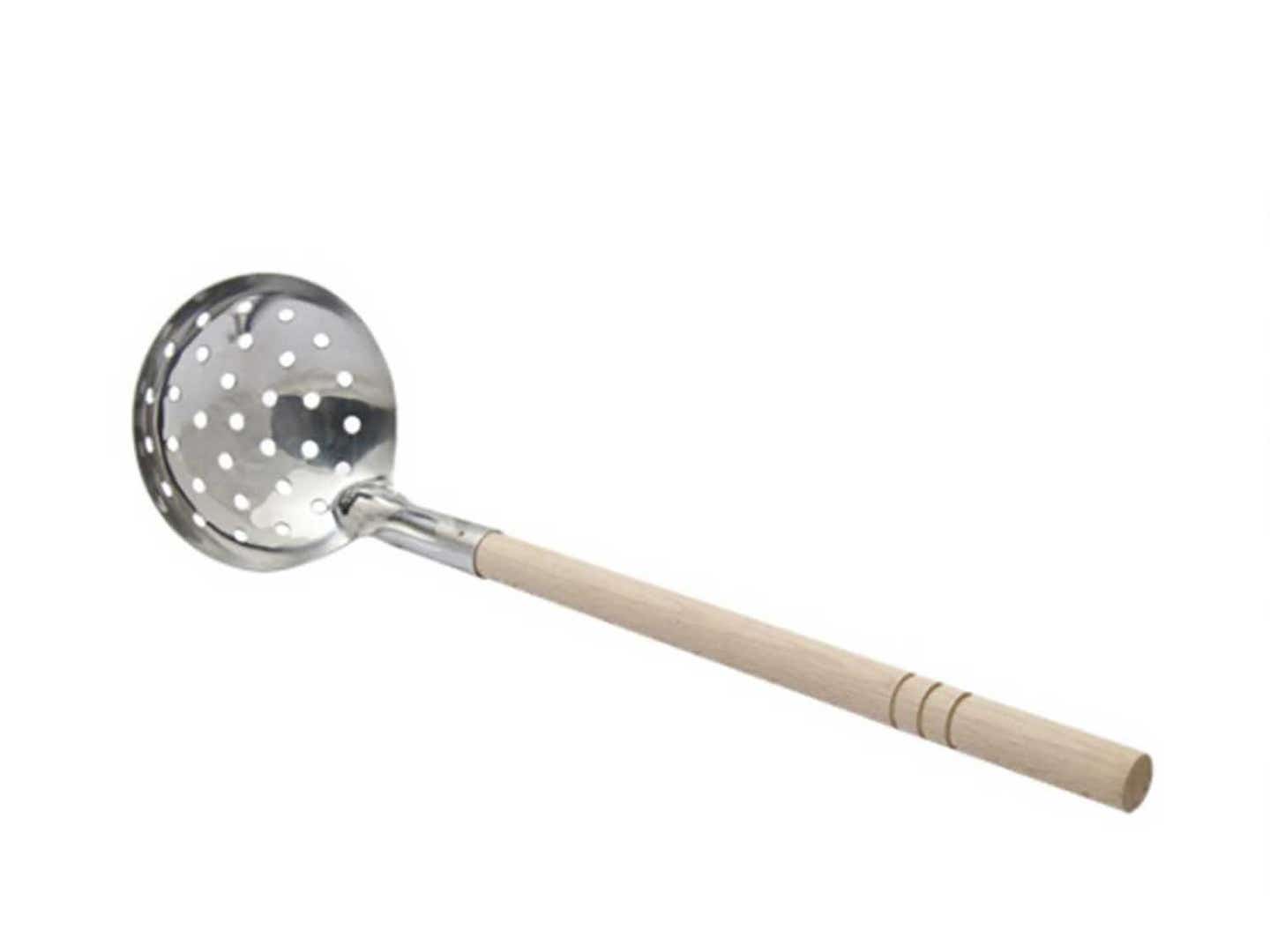
Though not mandatory, this tool can be extraordinarily helpful when making corn kakiage—a form of tempura fritter made using freshly shaved corn kernels and a slightly thinner batter. It will help the kakiage maintain its shape when lowering it into the hot fryer oil while also allowing excess batter to drain.
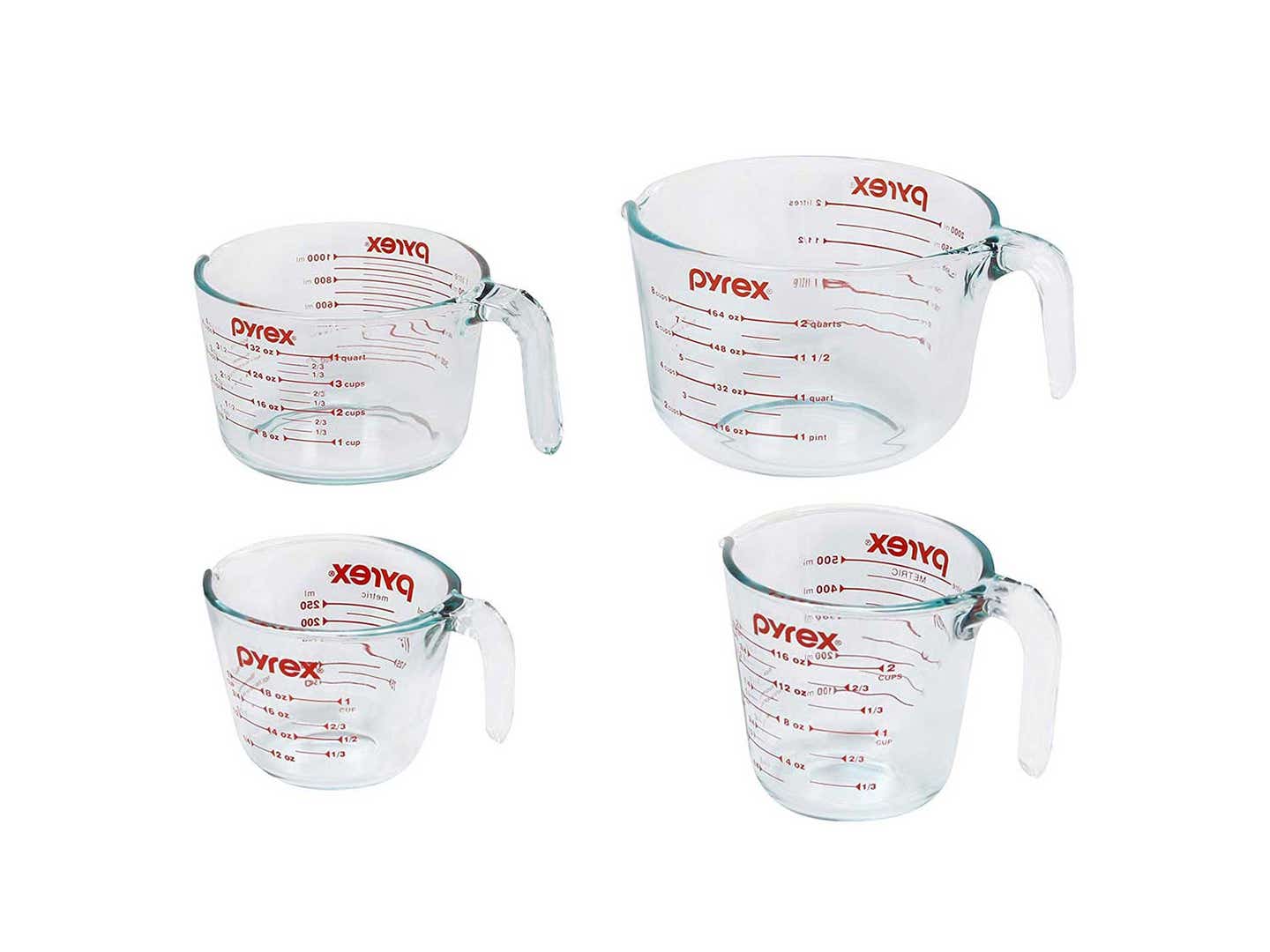
Good for helping follow recipe measurements exactly and authentically, a liquid measuring cup is used by many of the tempura cooks in Japan. Be aware that 1 cup in a Japanese measuring tool is equivalent to about 85 percent of the American 1 cup measurement. (To avoid converting, just stick to the 1-to-1 formula of the batter.)
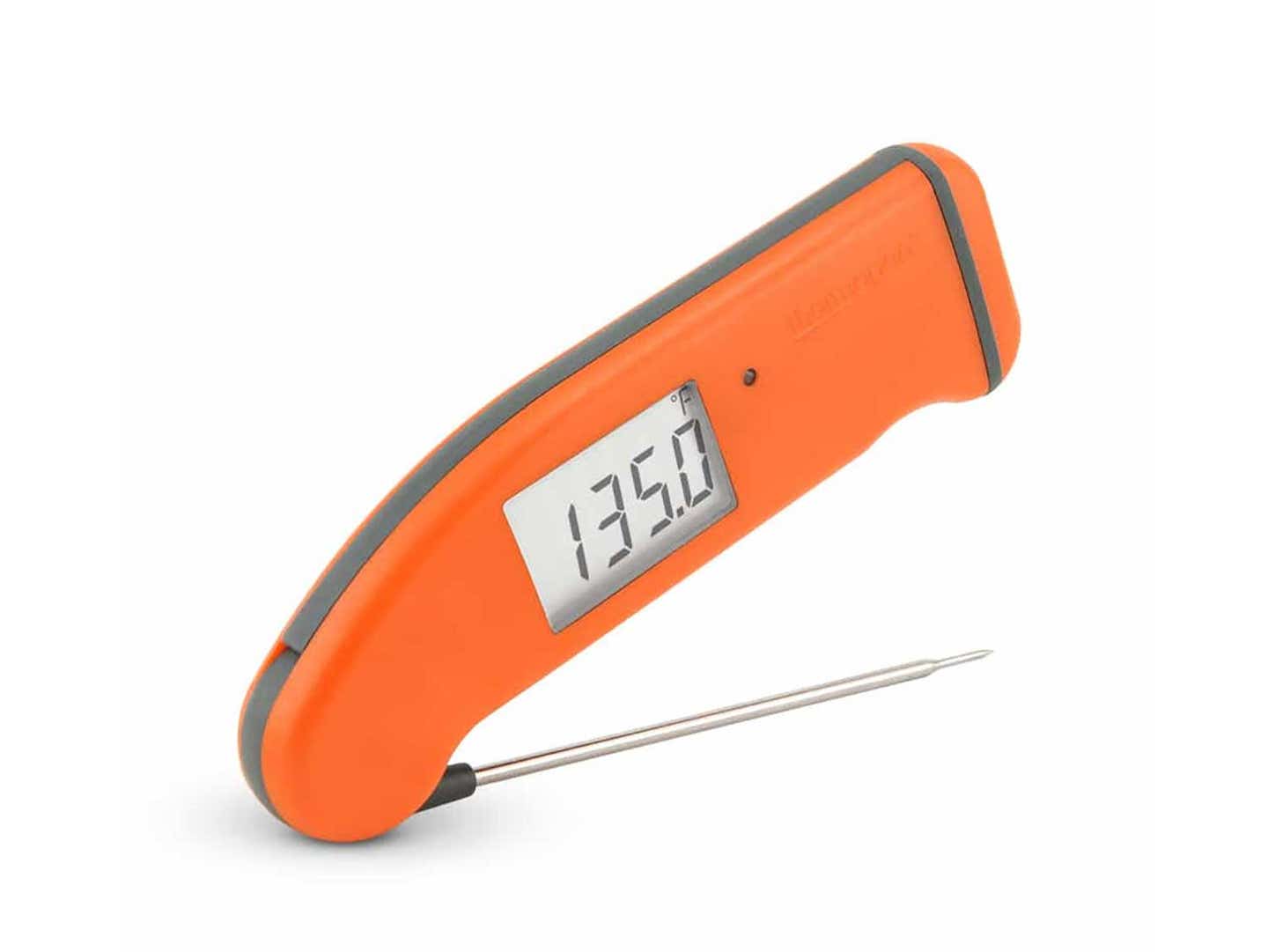
Frying isn't difficult, but like baking, it is a science that requires some precision. A key to successful tempura is keeping the temperature of the oil steady throughout the process. Choosing the right vessel will help, but having an accurate, instant-read deep-fry thermometer makes a world of difference.
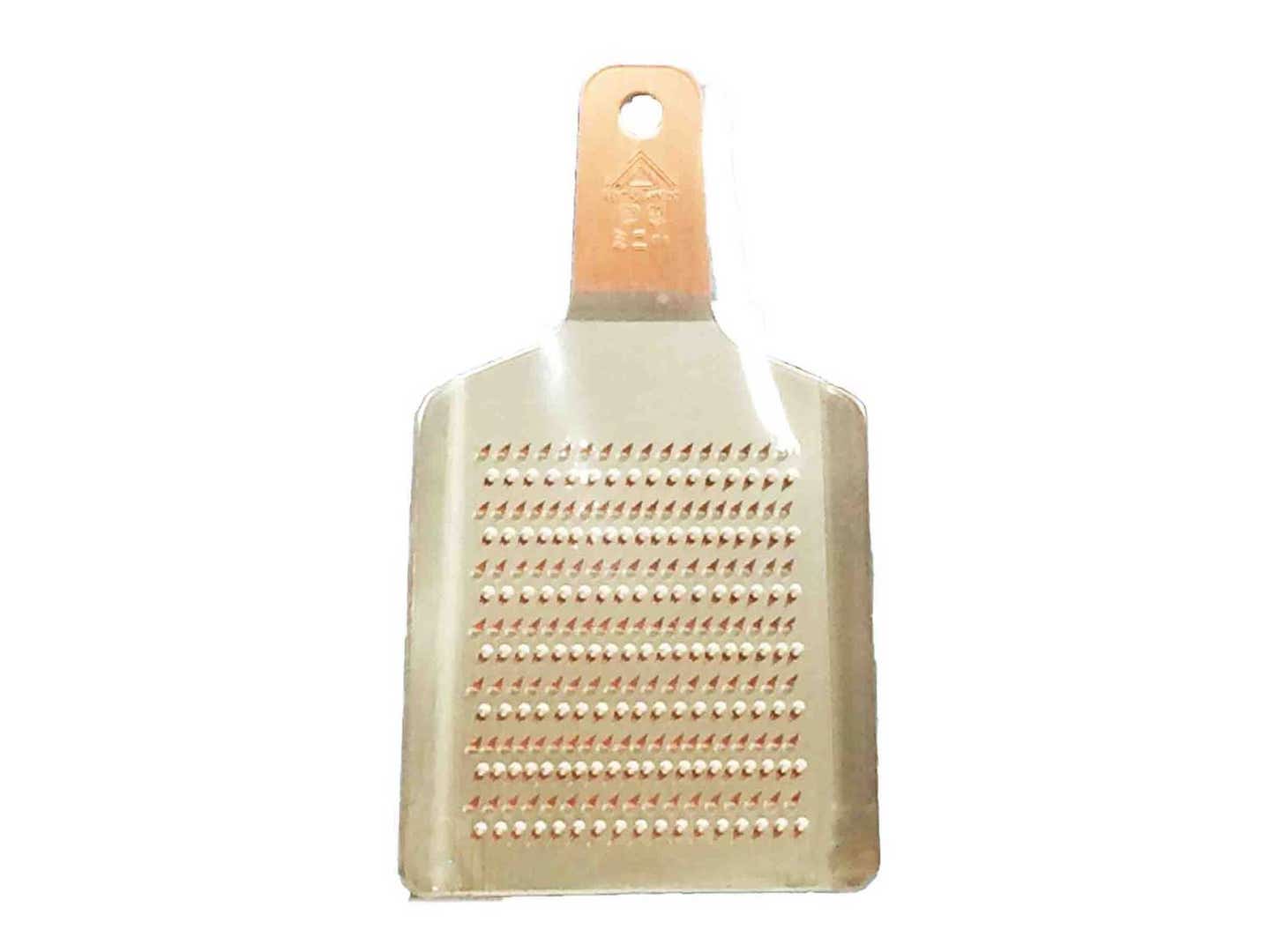
While a Microplane or box grater can pinch hit for the real thing, investing in a large metal Japanese grating plate (oroshigane) or round ceramic grater (oroshiki) is worth it. Their fine teeth create the creamy texture needed for grating daikon, wasabi, and ginger. Grind the vegetables in a circular motion on the teeth, pressing down firmly.
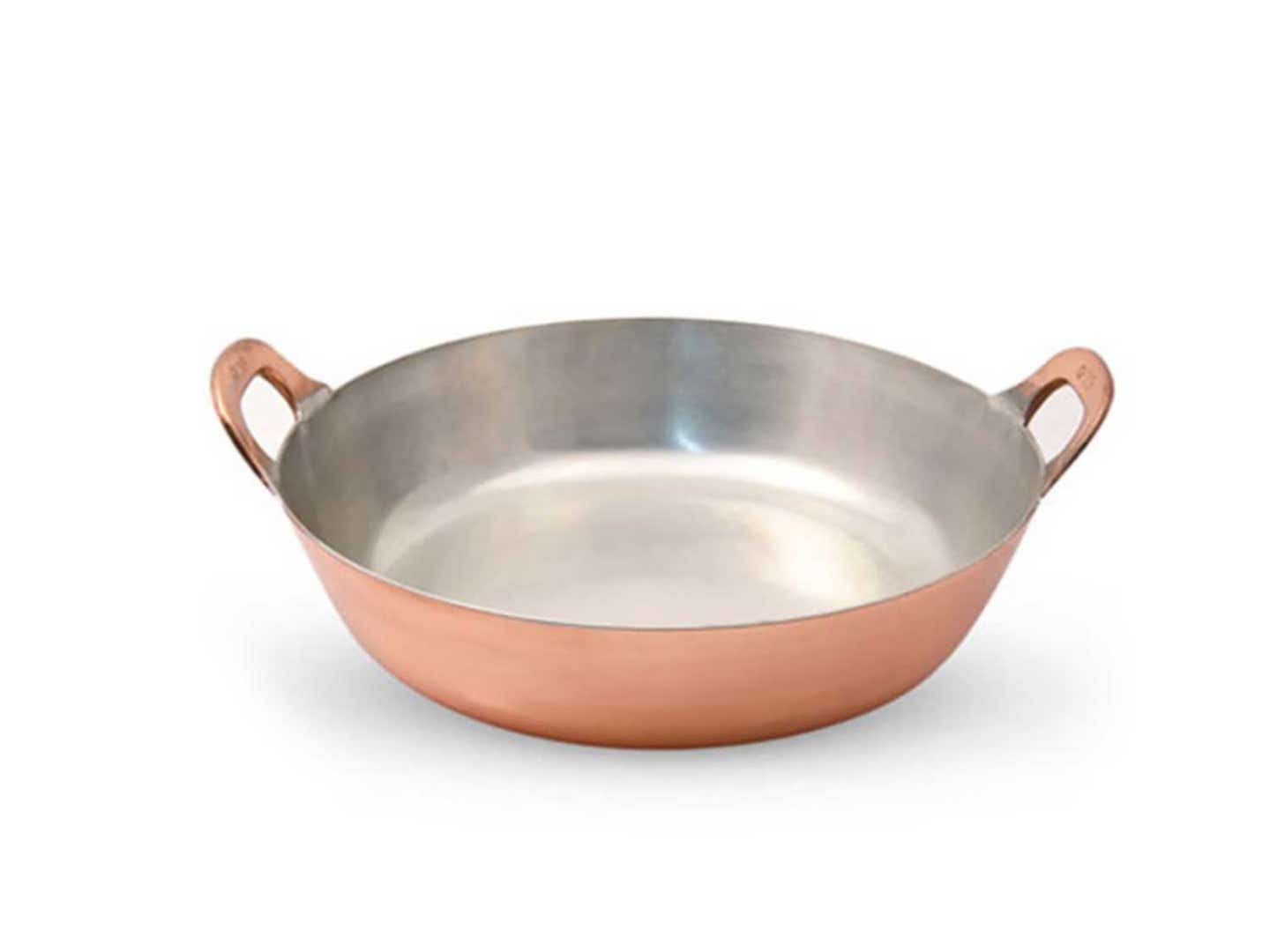
Traditional Japanese restaurants often use a deep copper pan to fry tempura (Korin brand makes a good one for about $130). You want one at least 10 inches wide and a few inches deep. A heavy-bottom ceramic or stainless-steel pot works as well, but avoid cast iron—it retains heat so well, it can make it difficult to control the rising temperature of the oil.
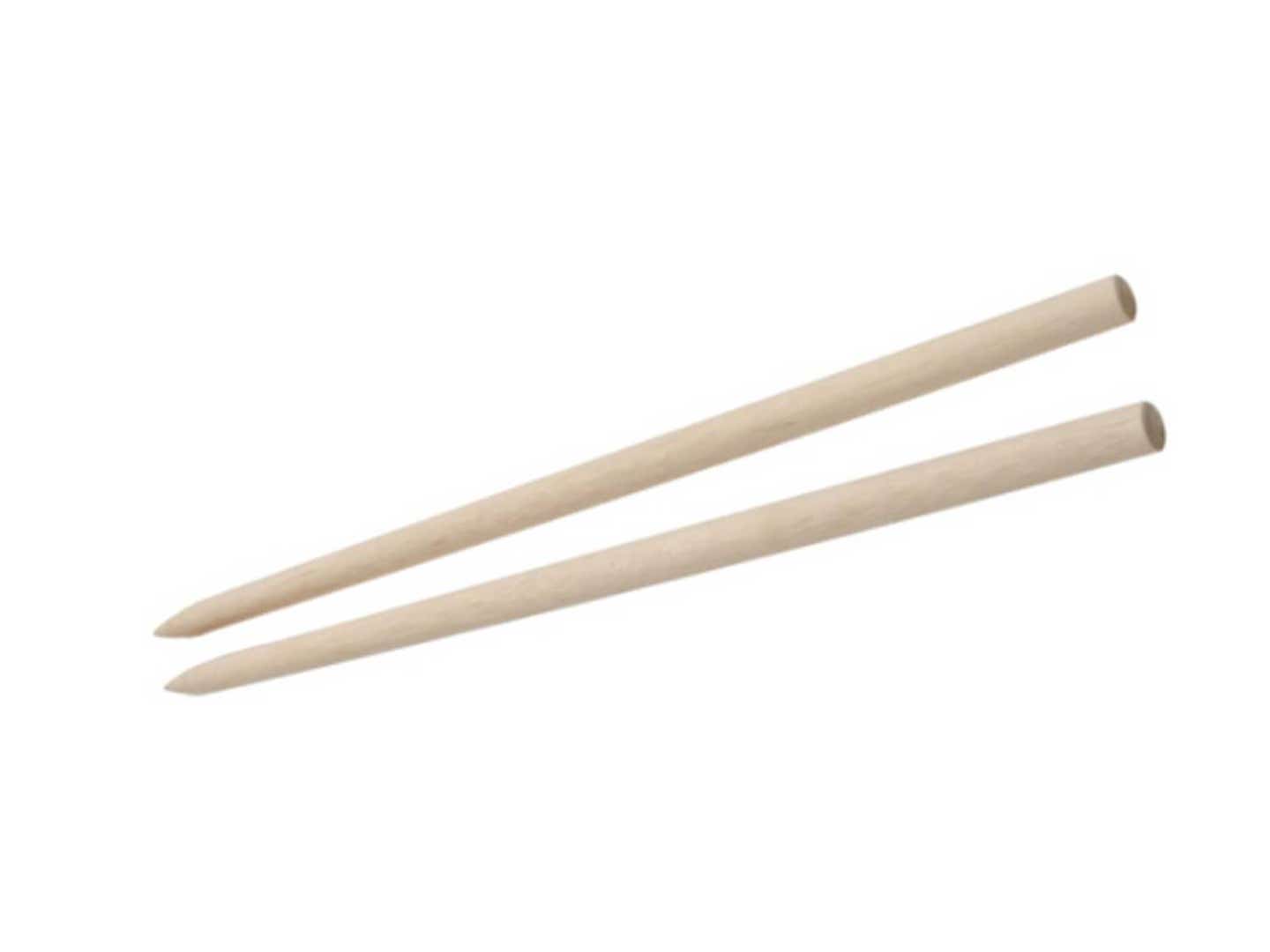
These fat chopsticks, called konabashi, act as gentle tools ideal for stirring tempura batter and picking up battered vegetables to slip into the fryer oil. Because of their chubbiness, you can apply less force when gripping items with them. The lighter touch helps preserve the essential and delicate coating of tempura batter on the vegetables' exterior.
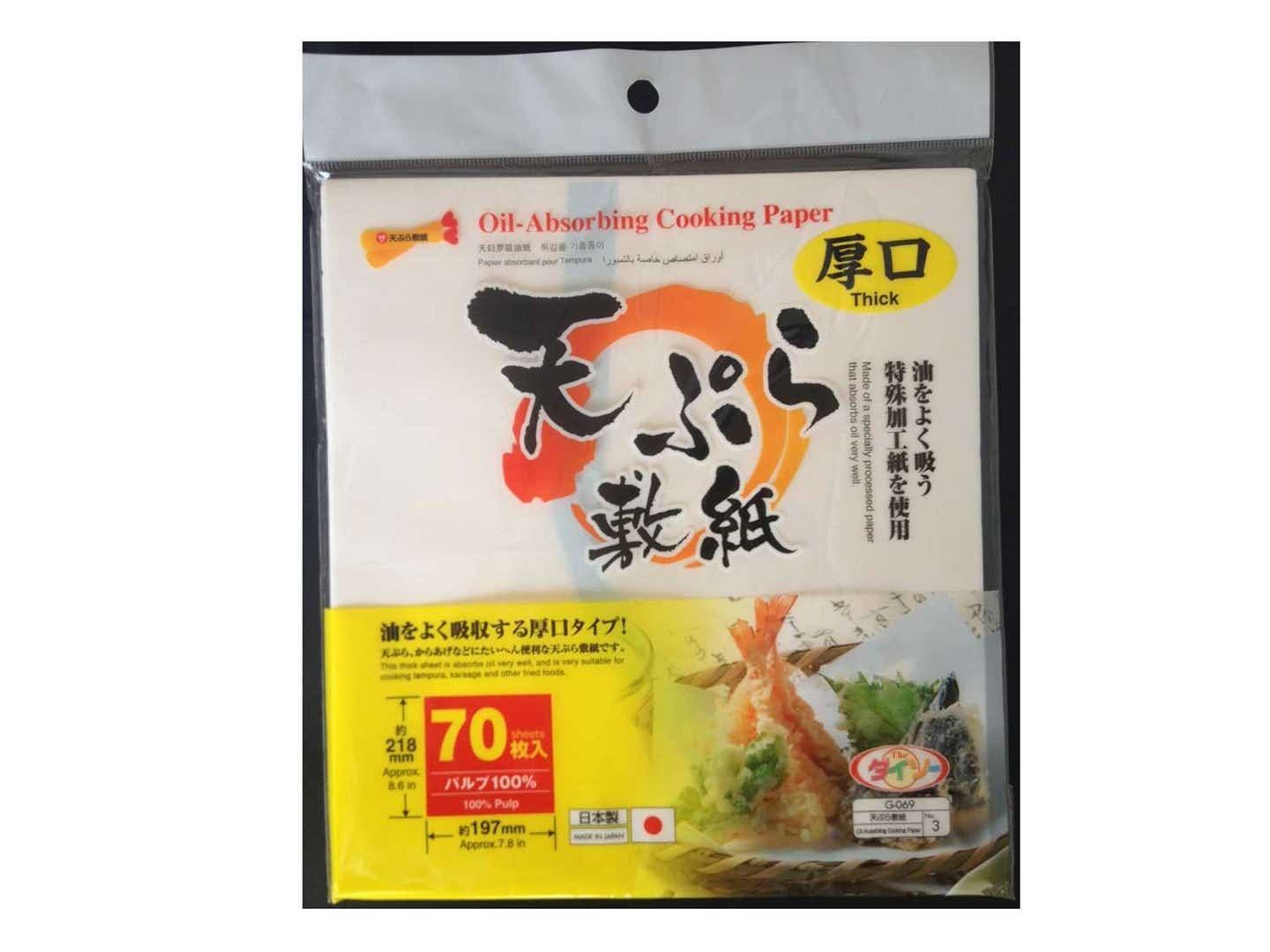
Small squares of tempura paper are often used at traditional Japanese restaurants to line plates and blot off remnants of excess frying oil. The pre-cut sheets are easy to find online or at a Japanese market, or you can substitute Japanese calligraphy paper (or—less elegantly—heavy-duty paper towels) instead.
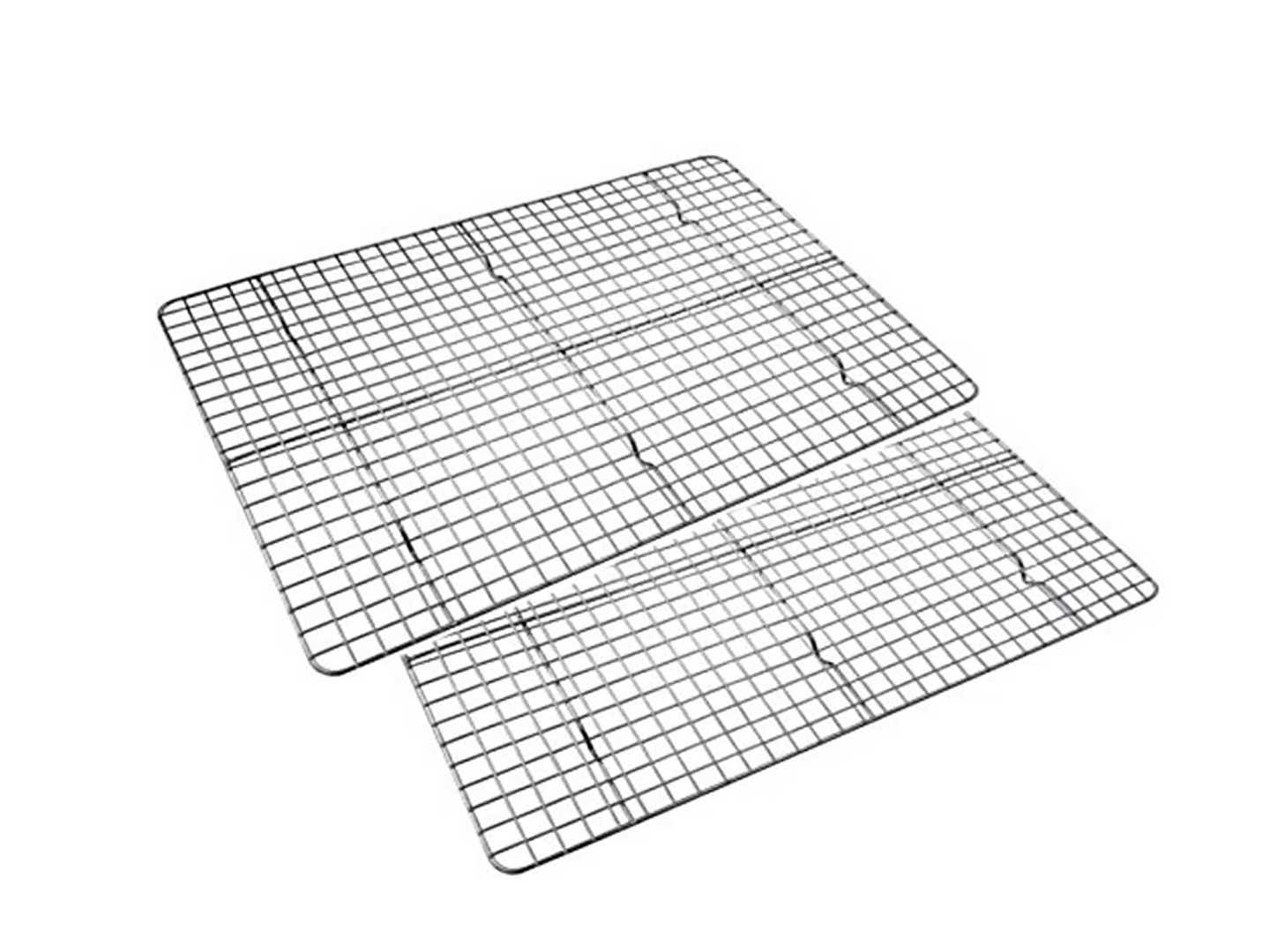
"Tempura should not taste of oil," says chef Tsuneo Yokota of Tokyo's one-star Michelin-ranked Tempura Yokota. Before serving the prepared tempura, and as an initial step for catching excess oil drips, let finished pieces rest for a few seconds on a paper-lined wire rack or a rack set over a baking sheet. For double insurance, use oil-absorbing papers.
Keep Reading
Continue to Next Story

